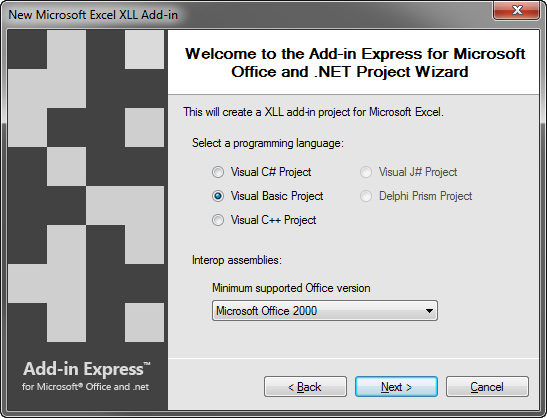

To a single thread to avoid concurrency problems. Scenario like this, you probably want to grant writing permissions just Have a shared resource that multiple reader threads need to access.
#Multithreading vb net 2010 example code
This code attempts to obtain the lock on the specified object for three seconds before terminating. Monitor.TryEnter(lockObject, 3000, result) For example, imagine you have aĬlass where you define a list of customers and a method for adding a newĬustomer to the list, as demonstrated by the following code snippet: Statement that is the place where you can grant access to the specified The Visual Basic language offers the SyncLock.End SyncLock Objects to accomplish threads synchronization, as covered in the next NET Framework respectively provide keywords and Resource, this resource is locked until required operations areĬompleted to prevent other threads from accessing that resource. Basically the idea is that when a thread accesses a What happens to the data source and how are threads handled to avoidĮrrors? This is a problem that is solved with the so-called thread Have multiple threads accessing the same data source simultaneously This is useful but there is a problem: Imagine you How you get information on available threads: methods.Ĭreate and rung new threads of execution to split big operations across Worker threads are units of execution, whereas completion Return two values: the number of worker threads and of completion You can query information on the thread pool by invoking the ThreadPool.GetMaxThreads, ThreadPool.GetMinThreads, and ThreadPool.GetAvailableThreadsGetMaxThreads return the maximum number of concurrent threads that are held by the thread pool GetMinThreads return the number of idle threads that are maintained waiting for the first new task being requested, whereas GetAvailableThreads Getting and Setting Information in the Thread Pool Notice how you can still use lambdas to supply the desired action. The WaitCallBack delegate simply allows passing state information and requires referred methods to have an argument of type Object in their signatures. You basically ask the runtime to put the specified task in theĮxecution queue so that it will be executed when a thread in the thread Private Sub SecondWorkItem(ByVal state As Object) Private Sub FirstWorkItem(ByVal state As Object) ThreadPool.QueueUserWorkItem(New WaitCallback(Sub() ThreadPool.QueueUserWorkItem(New WaitCallback(AddressOf SecondWorkItem)) ThreadPool.QueueUserWorkItem(New WaitCallback(AddressOf FirstWorkItem)) To takeĪdvantage of threads in the thread pool, you invoke the method, as demonstrated in the following code: Into a queue and is executed when a thread completes its work. Threads If they are all busy doing something else, the new task is put In the box because the thread pool has a predefined number of available
This class offers static methods for assigning tasks to threads Named thread pool and you access it via the Ĭlass. New threads, ensuring that only the specified number of threads will beĮxecuted concurrently, all controlled by the Framework.

Reuse for your purposes instead of writing code for creating and running NET Framework maintains its own set of threads that you can also General resources, so it is difficult to predict how many threads youĬan launch concurrently on target machines without affecting performance Your application can run onĭifferent configurations in terms of available memory, processors, and Should manually search for the best configuration to fine-tune system Previous approach can cause performance and resources overhead. Split a process or an application across lots of concurrent threads, the Two threads, things are also easy for performance.


 0 kommentar(er)
0 kommentar(er)
